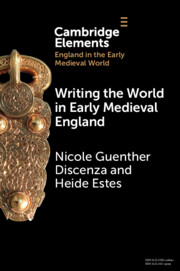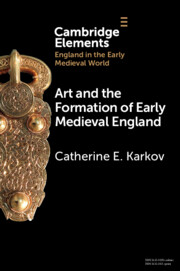This paper uses a “dates as data” approach to understand how grave good use and cemetery space changed across the early medieval period in England. A series of composite kernel density estimations were created, based on a dataset of nearly 1100 graves with associated radiocarbon dates, from between the fourth and ninth centuries AD. This modeling revealed a previously unrecognized peak in grave furnishing around 600 AD, which coincides with a peak in isolated burials, and a low point for unfurnished graves and for small cemeteries. It argues that this peak is unrecognized as previous models of chronological change have focused only on graves containing chronologically distinctive artifacts and highlights the importance of radiocarbon dating as a way of avoiding this limitation.



